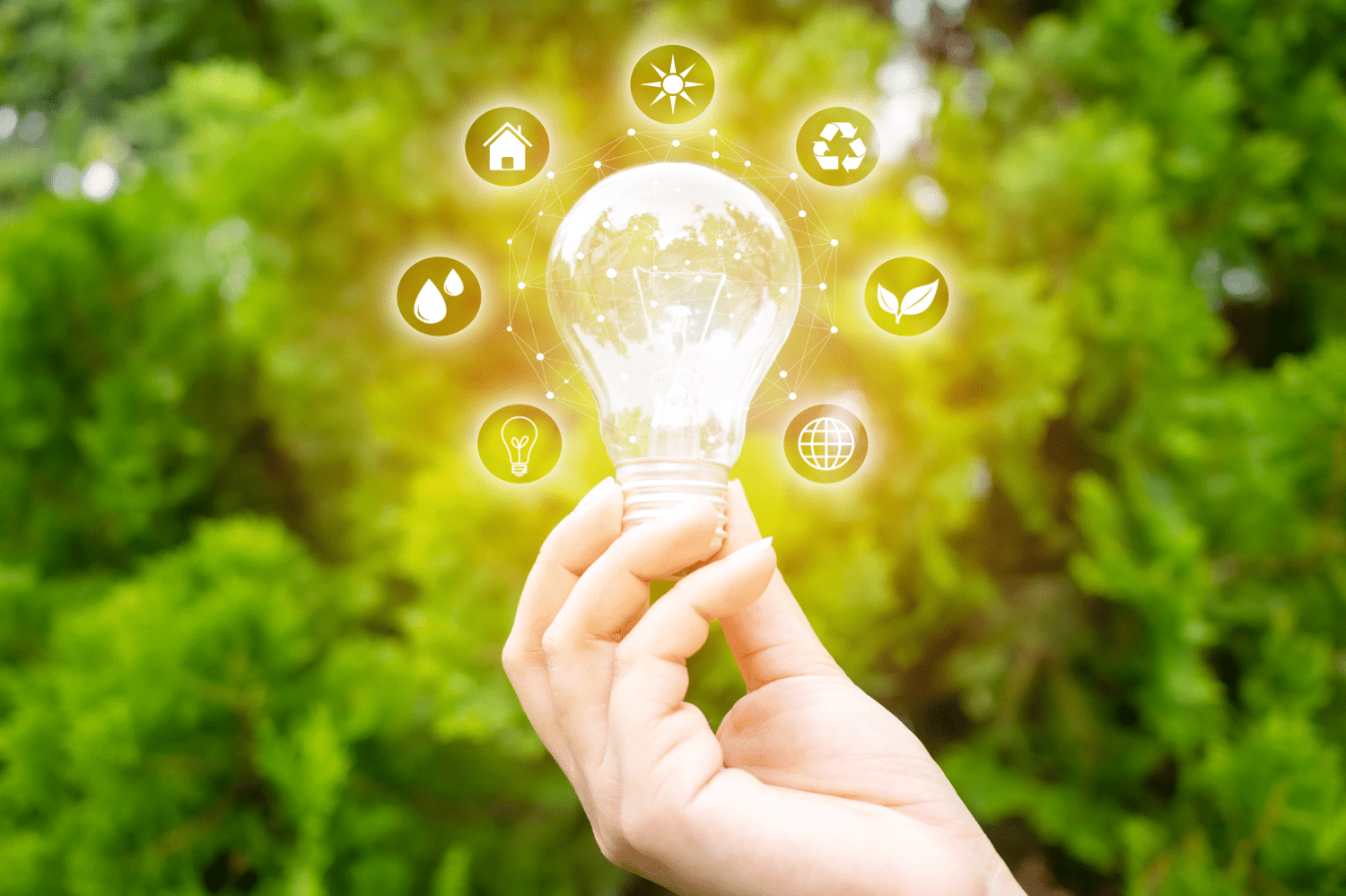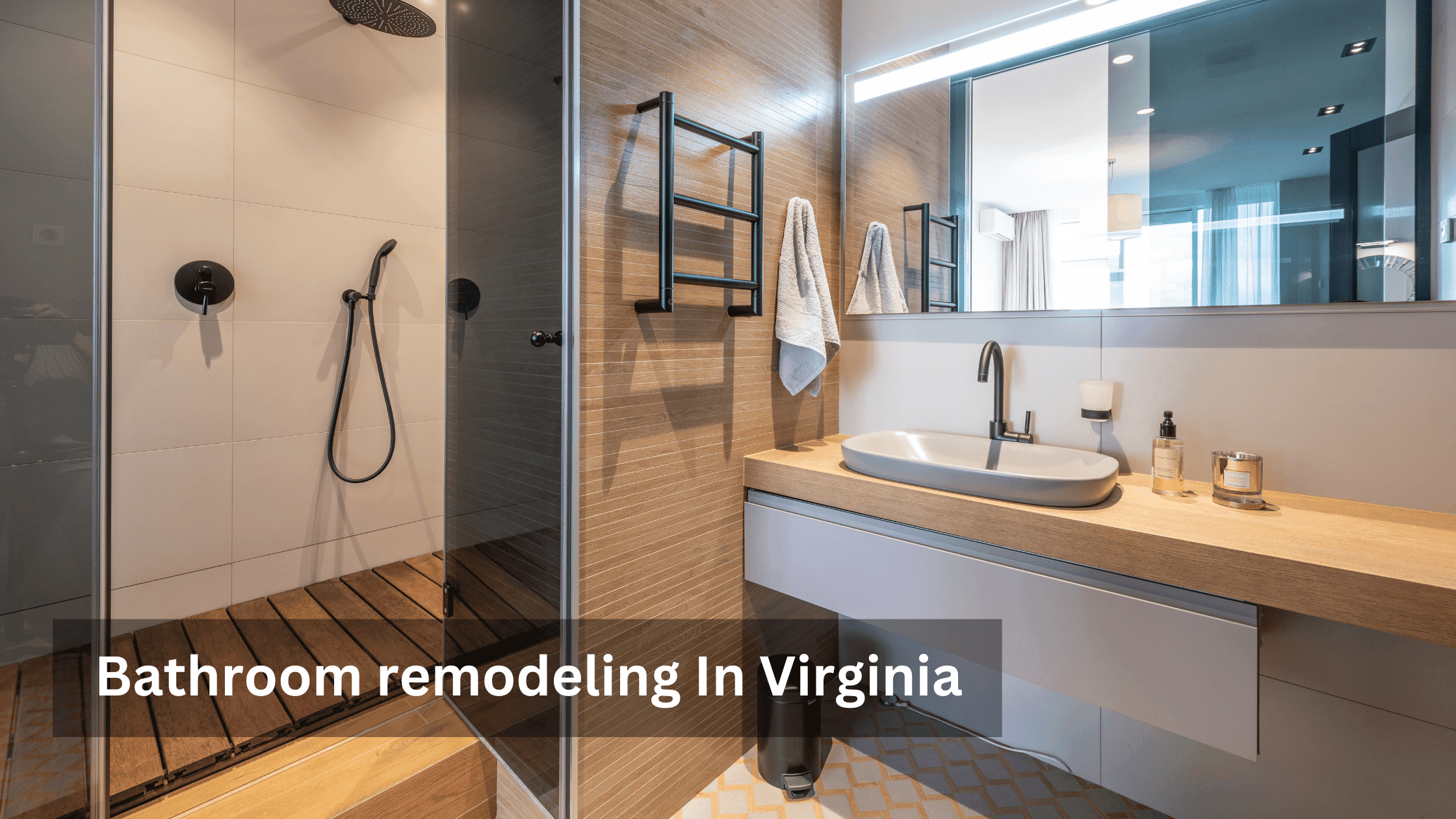Energy-Efficient Lighting: A Comprehensive Guide to Sustainable Illumination
Sustainable Lighting Solutions: Energy-Efficient Illumination
In an era marked by environmental concerns and rising energy costs, sustainable lighting solutions have emerged as a crucial aspect of energy-efficient building design. By embracing energy-efficient lighting practices, we can significantly reduce our carbon footprint and create more sustainable and cost-effective lighting systems.
One of the most effective ways to achieve energy efficiency in lighting is through the use of LED (light-emitting diode) technology. LED lights consume significantly less energy than traditional incandescent or fluorescent bulbs, while providing comparable or even superior illumination. Additionally, LED lights have a much longer lifespan, reducing the need for frequent replacements and maintenance.
Another important aspect of sustainable lighting is the use of natural light. By maximizing the use of daylight through windows and skylights, we can reduce the reliance on artificial lighting during the day. This not only saves energy but also improves occupant well-being by providing access to natural light, which has been shown to have positive effects on mood and productivity.
In addition to energy-efficient lighting fixtures, the use of smart lighting controls can further enhance sustainability. Smart lighting systems allow for automated control of lighting based on occupancy, daylight availability, and other factors. This ensures that lighting is only used when and where it is needed, further reducing energy consumption.
Furthermore, the use of renewable energy sources, such as solar panels, can provide a sustainable power supply for lighting systems. By integrating solar panels into the lighting infrastructure, we can reduce the reliance on grid electricity and create a more environmentally friendly lighting solution.
In conclusion, sustainable lighting solutions offer a comprehensive approach to energy-efficient illumination. By embracing LED technology, maximizing natural light, utilizing smart lighting controls, and integrating renewable energy sources, we can create lighting systems that are both energy-efficient and environmentally responsible. These solutions not only reduce our carbon footprint but also provide cost savings and enhance occupant well-being, making them an essential component of sustainable building design.
The Benefits of LED Lighting: A Sustainable Solution for Energy Conservation
**Sustainable Lighting Solutions: Energy-Efficient Illumination**
In an era marked by environmental concerns, sustainable lighting solutions have emerged as a crucial aspect of energy conservation. Among these solutions, LED (Light-Emitting Diode) lighting stands out as a transformative technology that offers significant benefits for both the environment and energy efficiency.
LEDs consume significantly less energy compared to traditional lighting sources such as incandescent and fluorescent bulbs. This energy efficiency stems from their unique semiconductor design, which emits light through a process called electroluminescence. Unlike incandescent bulbs that waste energy as heat, LEDs convert almost all of their energy into visible light.
The energy savings achieved by LED lighting are substantial. Studies have shown that LEDs can reduce energy consumption by up to 80% compared to incandescent bulbs and 50% compared to fluorescent bulbs. This translates into significant cost savings for businesses and households alike.
Moreover, LEDs have a much longer lifespan than traditional lighting sources. While incandescent bulbs typically last for around 1,000 hours, LEDs can last for up to 50,000 hours or more. This extended lifespan reduces the need for frequent bulb replacements, further contributing to energy conservation and cost savings.
In addition to their energy efficiency and longevity, LEDs offer several other advantages. They are highly durable and resistant to shock and vibration, making them ideal for use in harsh environments. LEDs also emit a high-quality light that is free from flicker and glare, reducing eye strain and improving visual comfort.
Furthermore, LEDs are environmentally friendly. They do not contain mercury or other hazardous materials, unlike fluorescent bulbs. This makes them safer to dispose of and reduces the environmental impact of lighting.
The adoption of LED lighting has gained momentum in recent years, driven by government incentives and consumer awareness of its benefits. Governments worldwide have implemented policies to promote the use of energy-efficient lighting, including tax credits and rebates.
As the technology continues to advance, LEDs are becoming even more efficient and affordable. This trend is expected to further accelerate the adoption of LED lighting, leading to significant energy savings and environmental benefits.
In conclusion, LED lighting offers a sustainable solution for energy conservation. Its energy efficiency, longevity, durability, and environmental friendliness make it an ideal choice for businesses, households, and communities seeking to reduce their energy consumption and environmental impact. As the technology continues to evolve, LED lighting is poised to play an increasingly important role in creating a more sustainable future.
Smart Lighting Systems: Optimizing Energy Consumption and Enhancing Sustainability
**Sustainable Lighting Solutions: Energy-Efficient Illumination**
In an era marked by environmental concerns, sustainable lighting practices have emerged as a crucial aspect of energy conservation and environmental protection. Energy-efficient lighting solutions offer a myriad of benefits, ranging from reduced energy consumption to enhanced sustainability.
One of the most significant advantages of sustainable lighting is its ability to minimize energy usage. By utilizing energy-efficient technologies, such as LED (light-emitting diode) and CFL (compact fluorescent lamp) bulbs, lighting systems can consume significantly less energy compared to traditional incandescent bulbs. This reduction in energy consumption translates into lower electricity bills and a reduced carbon footprint.
Moreover, sustainable lighting solutions contribute to environmental sustainability by reducing greenhouse gas emissions. The production and use of energy-efficient lighting systems generate fewer emissions compared to conventional lighting methods. This reduction in emissions helps mitigate climate change and preserve the environment for future generations.
In addition to energy efficiency and environmental benefits, sustainable lighting solutions also enhance the overall quality of illumination. Energy-efficient bulbs provide brighter and more evenly distributed light, reducing eye strain and improving visibility. This improved lighting quality can enhance productivity, safety, and overall well-being in various settings, including homes, offices, and public spaces.
Furthermore, sustainable lighting systems often incorporate advanced technologies that enable greater control and customization. Smart lighting systems, for instance, allow users to adjust light intensity, color temperature, and scheduling remotely. This flexibility empowers users to optimize lighting conditions for specific tasks or preferences, further enhancing energy efficiency and user satisfaction.
The adoption of sustainable lighting solutions is not only beneficial for the environment but also for businesses and individuals. By reducing energy consumption and lowering electricity bills, businesses can save significant costs over time. Additionally, sustainable lighting practices can enhance a company’s reputation as an environmentally responsible organization.
In conclusion, sustainable lighting solutions offer a comprehensive approach to energy conservation, environmental protection, and enhanced illumination. By embracing energy-efficient technologies and advanced lighting systems, we can create a more sustainable and energy-conscious society while simultaneously improving the quality of our living and working environments.





